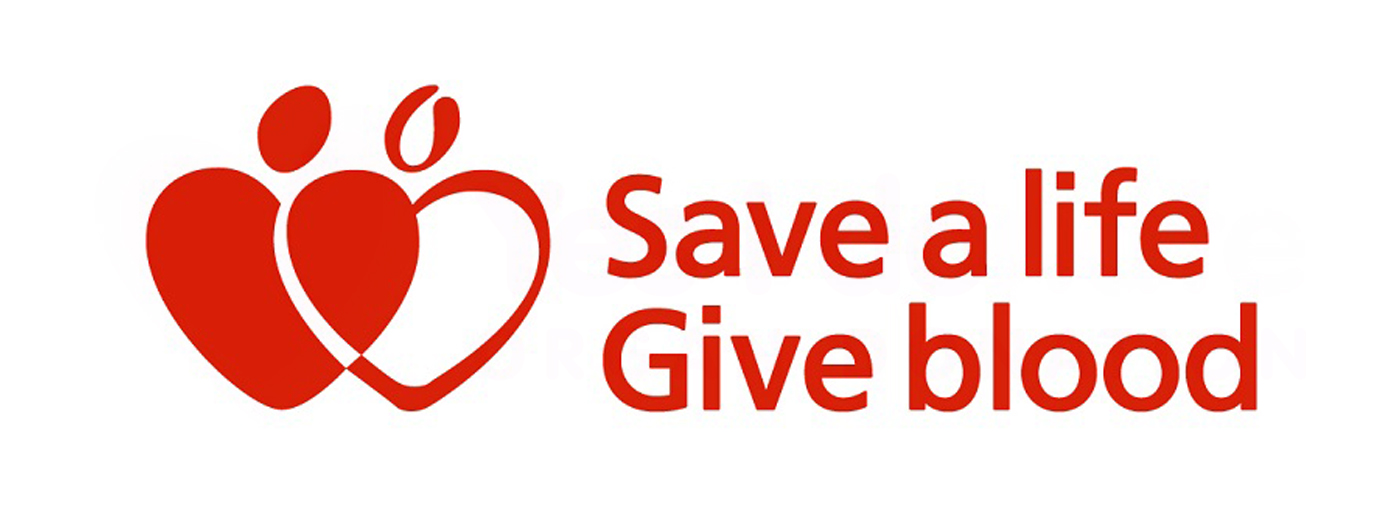How do I donate?
It’s quick & easy to register as a potential stem cell / bone marrow donor but the actual donation process is more involved.
There are two ways in which donors may be asked to provide stem cells – the decision as to which method of collection is most appropriate is dictated by the patient’s consultant:









